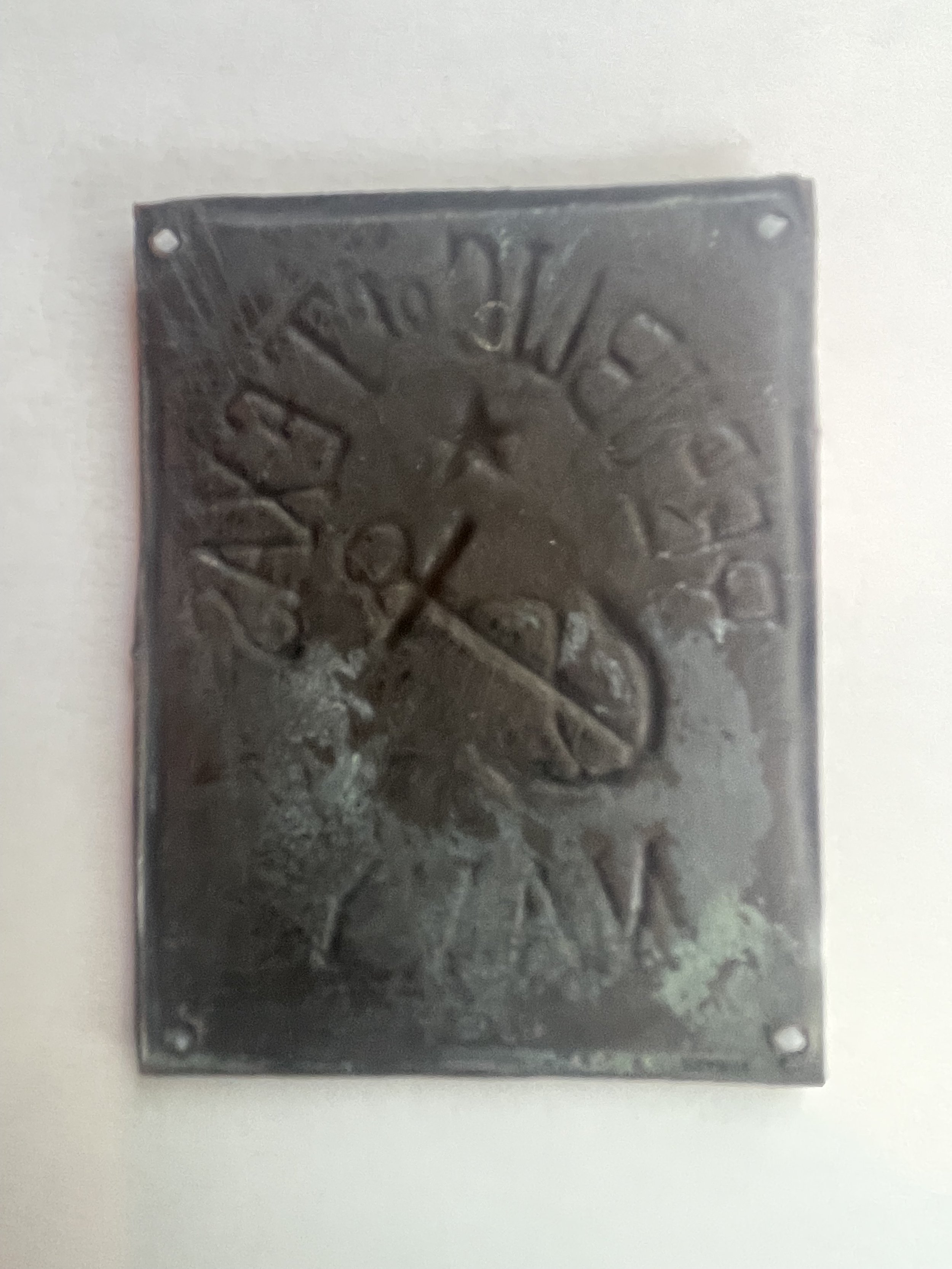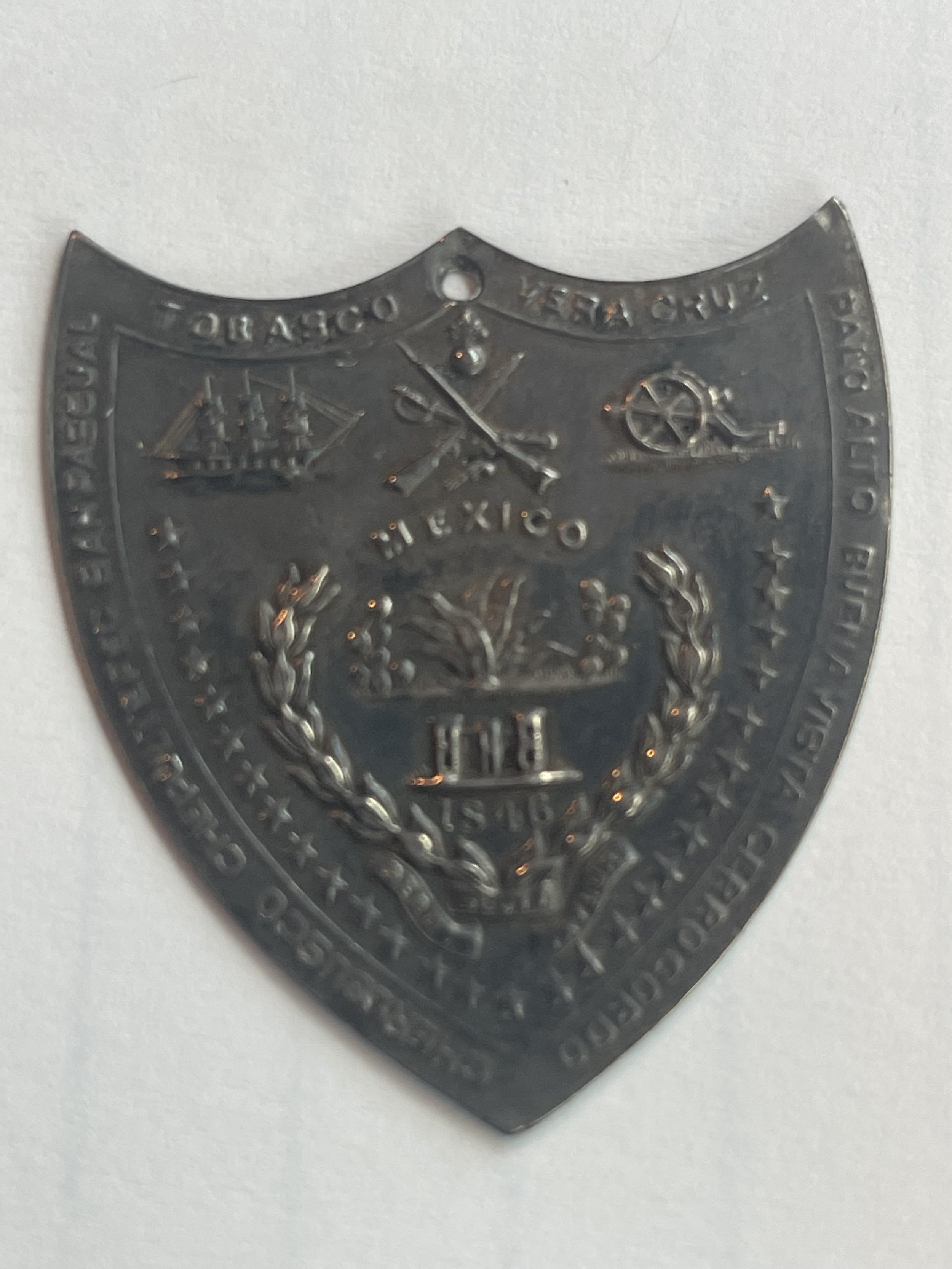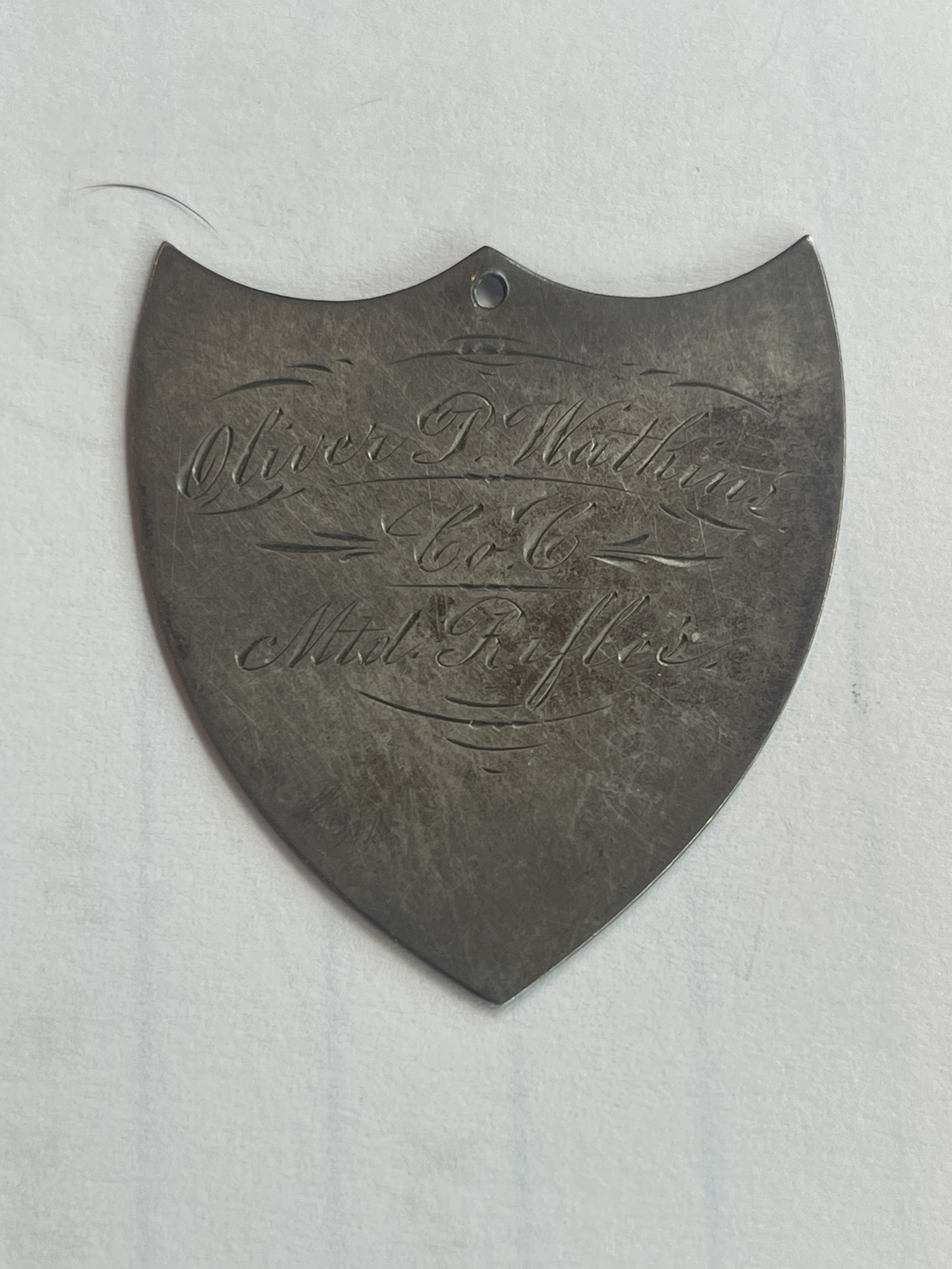➼ History & Context
When James Marshall found gold at Sutter’s Mill in Coloma, California, it all began. What became known as the California Gold Rush lasted through 1855 and brought people from across the world to California. Of the about 300,000, about half came overland and half from over the sea, from places like Australia, China, Europe, and Latin America. The sheer influx of humanity seeking gold pushed California to statehood in 1850 and buoyed the US economy.
With no established laws around property, especially in the years before the area became a state, the system of claiming land by gold-seekers developed in rather an ad-hoc way. Prospectors could “stake” a claim to a patch of land, regardless of Indigenous peoples or any other inhabitation, but it would only be valid while they actively worked on it. Another prospector could “claim-jump” a recently abandoned plot of land, which regularly came with confrontational results. There was no private property, no licensing fees, and no taxes, but there were also no established enforcement mechanisms. Disputes would often be handled violently by individuals, or what could be much worse, by larger groups acting as self-appointed “arbiters.” It was a time of great reward and great risk.
Everything in that period seemed to revolve around the “forty-niners” as the gold-seekers were called, referencing the peak year of the rush-induced immigration, 1849. Roads, towns, agriculture and ranching were built up to meet the needs of the new population. New methods of transportation were developed, with steamships and railroads. By 1869 the railroads extended all the way from California to the eastern US in order to ease shipping and travel across the continent.
Along with the expanding infrastructure, companies, merchants, and manufacturers rushed to provide the 49ers with supplies. In the beginning, gold was easier to find, and could be found for with simple tools – such as panning or even just using your own hands – in streams and riverbeds. As the easy gold was snapped up, methods of finding and extracting it became increasingly complex. From “rockers” to process more gravel at once, to “coyoteing” shafts and tunnels down into stream deposits, to diverting water from an entire river into a sluice in order to dig through the newly exposed riverbed, it took more time, effort, and hands to find gold. However complex, each seeker still needed to be able to weigh and measure their haul in order to determine their potential earnings, for which a gold scale with set counterweights would come in quite useful.
















































